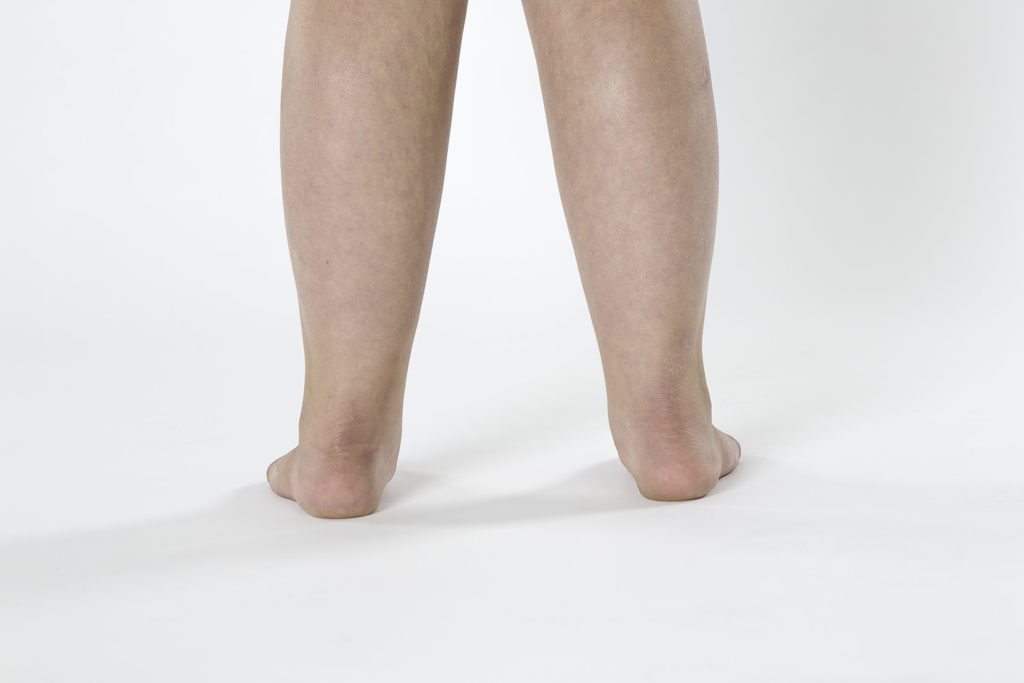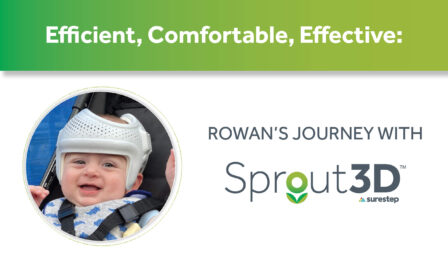Down Syndrome And Hypotonia – What You Need To Know

How did you feel after receiving the Down syndrome diagnosis? Worried? Afraid? Resolved?
Probably all of the above, and then some. Between the appointments and Google searches that followed, the phrase “developmental delay” likely popped up several times.
You braced yourself for what that means. Slow to crawl. Slow to stand. Slow to walk. All those timetables in the parenting books? Just throw them out.
The culprit for these delays is hypotonia, also called low muscle tone. To give your child every opportunity to succeed, it’s important to know what it is and how you can help.
What Is Hypotonia?
Simply put, hypotonia is the decreased level of muscle tone. It leaves your child’s muscles feeling too relaxed. That’s why kids with low tone are sometimes compared to ragdolls.
But don’t confuse tone with strength. Your child isn’t weak. What he or she needs is stability, not necessarily strength.
What Are The Symptoms?
Hypotonia impacts kids differently, both in severity and location.
The first symptoms you’re likely to notice are delays. Typically, kids who have low tone roll over, stand, cruise, walk, etc. at a later age than other children.
Pronation (also called flat feet) is a common cause of walking problems for kids who have Down syndrome. This occurs when an ankle rolls inward, causing the foot’s arch to shrink or disappear completely. This throws your child out of alignment, causing a chain reaction up the body. Although flat feet are fairly common when kids first learn to walk, pronation that is excessive and prolonged can lead to problems down the road.

In addition to these two, common hypotonia symptoms include:
- Hypermobility
- Poor posture
- Breathing difficulties
- Feeding problems
- Delayed speech
- Walking with a wide base
- Poor reflexes
Will My Child Outgrow It?
There’s a common misconception that low muscle tone is a challenge kids face, but eventually outgrow. That’s not the case.
Kids with hypotonia become adults with hypotonia. It doesn’t go away.
But don’t forget that you’re raising a fighter. As they grow, kids learn how to compensate for the obstacles hypotonia causes.

What Are The Treatment Options For Hypotonia?
Nothing
Taking a “wait and see” approach is common, and the self-reliant optimism is admirable. But it risks further delays down the road. If your child hasn’t developed a strong base, further complications can pop up as he or she gets bigger.
Physical Therapy
PT is an excellent way to help strengthen muscles and develop motor skills. But it won’t fix the alignment, which makes it just half of the solution. And even if your physical therapist spends an hour with your child each week, that leaves 167 hours unattended.
Inserts
Inserts that slip into shoes seem like the easy, ideal solution. From the outside, it looks like a significant improvement because the arch of the foot is pushed up. But this fails to address the fact that pronation starts in the heel, not the arch. And if your child’s pronation is more than typical, they’ll simply pronate on top of the insert.
Orthotics
Custom-made orthotics are an excellent complement to physical therapy. These little braces help keep your child’s body in proper alignment as he or she learns, develops, and gains strength.
One orthotic solution in particular, the Surestep SMO, revolutionized the treatment of hypotonia. With uniquely flexible plastic, a focus on compression, and an innovative design, it’s effective and unlike any other option.

Overall, the goal of treatment isn’t just to get your child walking. It’s to set them up for success both today and tomorrow. If left untreated, that poor alignment in childhood can lead to pain and fatigue later in life. So even if your child who has Down syndrome and hypotonia is reaching milestones, discussing treatment options is an investment in his or her future.
Will SMOs help my child’s development?



